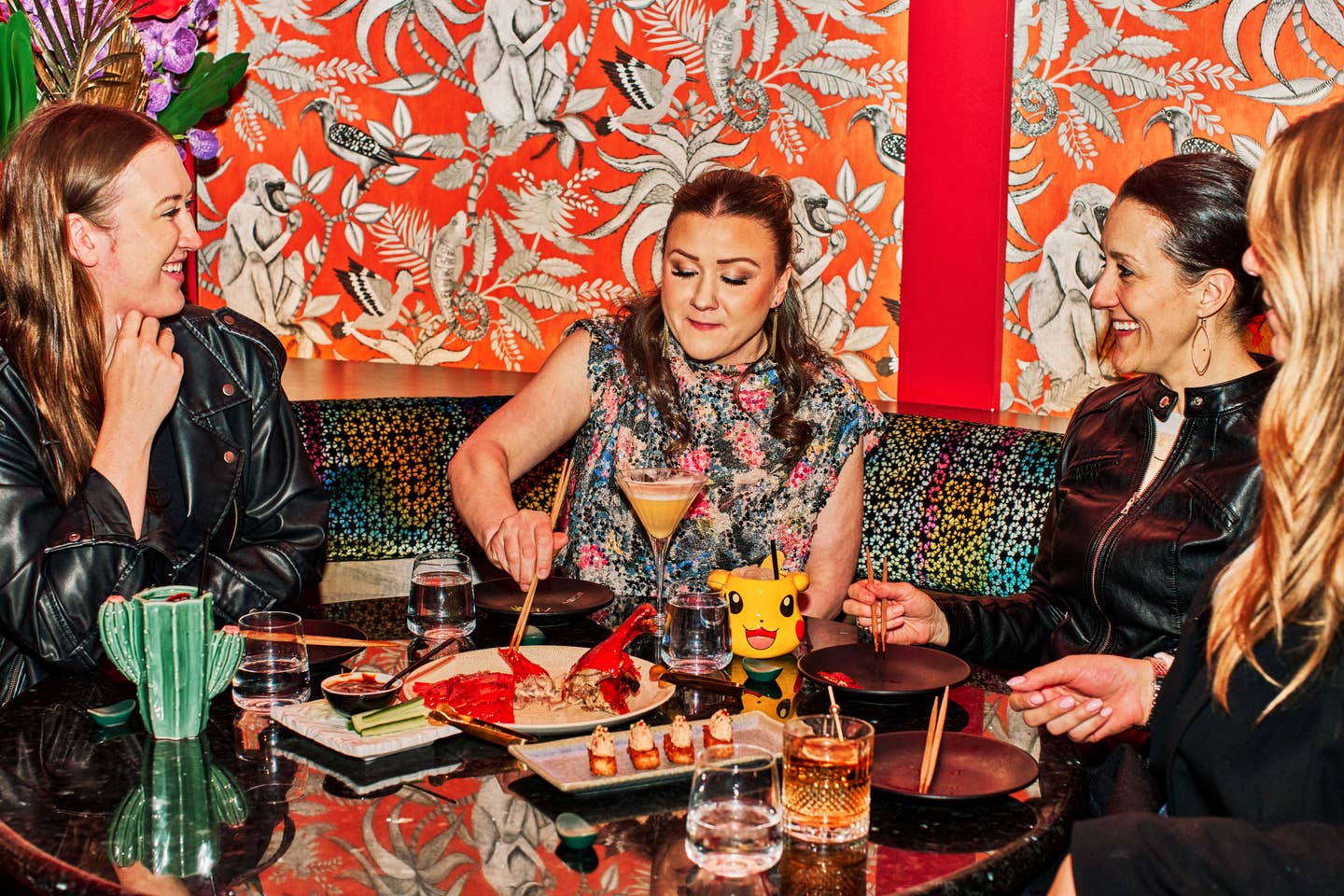Rebelling Against the Status Quo Led to the Success of This SoCal Tea Shop
How the owners celebrate the diversity of tea culture with every brew on offer.
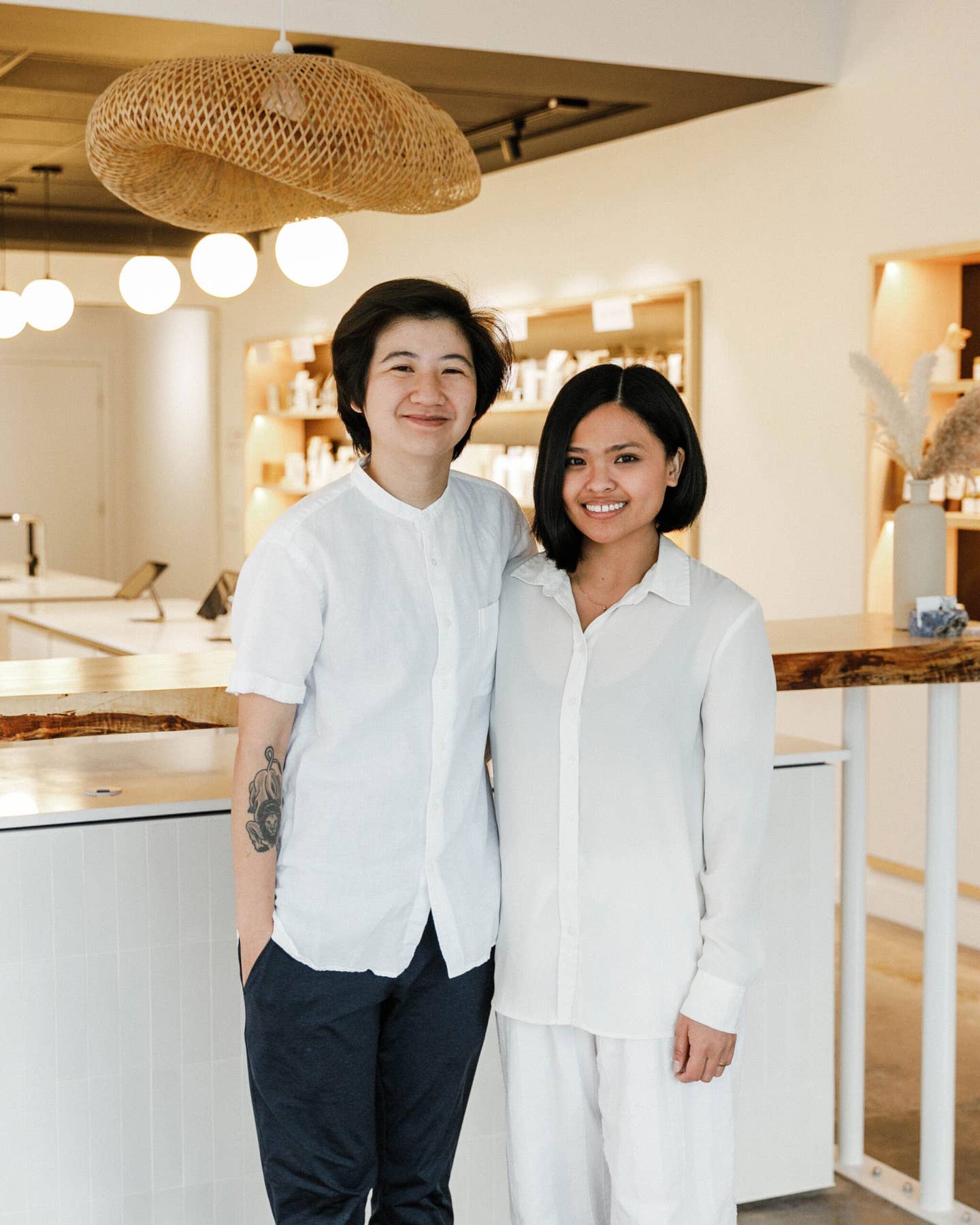
Like the alchemy of acid and fat, the balance of sweet and salty, and the classic pairing of peanut butter and jelly, two is so often better than one in the world of food. This is Culinary Duos, a series by senior culture editor Megan Zhang spotlighting dynamic pairs—from couples to siblings to friends—whose partnerships produce flavor-filled magic.
When Lani Gobaleza first met Amy Truong in Japan, she noticed Truong seemed to always have tea around. “It was just consistently there in the background,” says Gobaleza. Whenever they met up, “we would go to a cafe and get tea, or go to a little teahouse.”
The two became friends in Yokohama while attending an international studies program at Meiji Gakuin University during their junior year of college in 2010. “I was a little bit shy,” says Truong, recalling that she’d offer tea to her peers to get to know them better. “Everyone else was going out to the clubs,” she adds with a laugh. “I decided just to stay in and try to live more, like, day-to-day life in Japan. I think Lani also had similar values.” Amidst the delicate fragrance of cherry blossoms permeating the air during sakura season, the quietude and simple pleasure of sharing a pot of tea allowed them to bond over the newness of their surroundings.
This theme that defined the early months of their relationship led them, seven years later, to co-found PARU Tea, a San Diego shop purveying specialty loose-leaf and matcha varieties from around the world, with an emphasis on the lesser-known, sustainably grown teas of Southeast Asia. The now-married couple works closely with small producers, many of whom operate family-run farms, to import their leaves for PARU’s two shops in La Jolla and Point Loma, California.
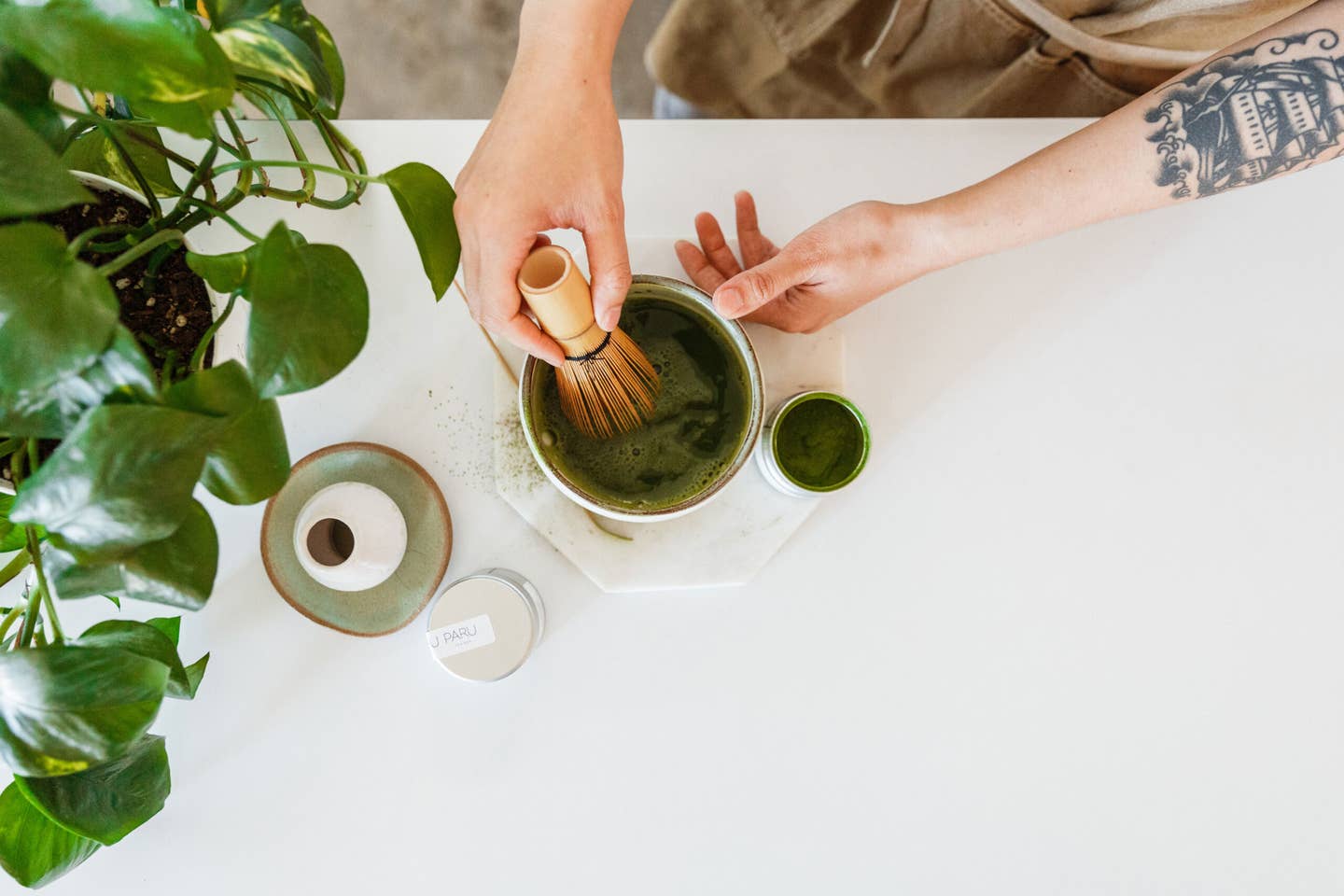
A few months of studying abroad certainly strengthened Truong’s interest in tea, but the beverage was by no means new to her. Truong’s maternal grandfather had worked in Japan and spoke the language fluently; he developed a love for tea which trickled down to Truong’s mother, who spent part of her childhood in Paris drinking herbal teas such as lavender and chamomile. The refreshment was omnipresent in Truong’s own childhood, and Truong grew up appreciating the ritualized aspects of preparing, serving, and drinking tea. While living in Yokohama, she learned more about the art and performance of Japanese tea ceremonies, from the equipment used to the gestures exchanged between the host and guests. “Even just the way you’re holding the cups is really important,” she says.
Gobaleza, on the other hand, tended to sip coffee more than tea before living in Japan, as her mother had grown up on a farm in the Philippines that cultivated coffee beans. “It was this whole new world that I was intimidated by,” she says of tea culture, as she didn’t want to accidentally flout any conventions surrounding the beverage in Japan. However, she realized over time that, while tea drinking can certainly be refined and ceremonial, it is also simply a part of everyday routine. “Our host families were just so easygoing about tea,” she recalls. “It was always free at restaurants, and to me, that made it seem like more of a communal thing.”
When the program in Yokohama ended, Gobaleza and Truong went back to UC Berkeley and UC Irvine, respectively, to finish their degrees. A few years passed before Truong reached out to Gobaleza asking her if she wanted to catch up—over tea, of course. They’d been on each other’s minds in the intervening years, and their reconnection blossomed into romance. After two years of a long-distance relationship (during which Gobaleza returned to Japan to study the language more deeply) and time spent living together in the Bay Area, the couple moved down to Gobaleza’s hometown of San Diego.
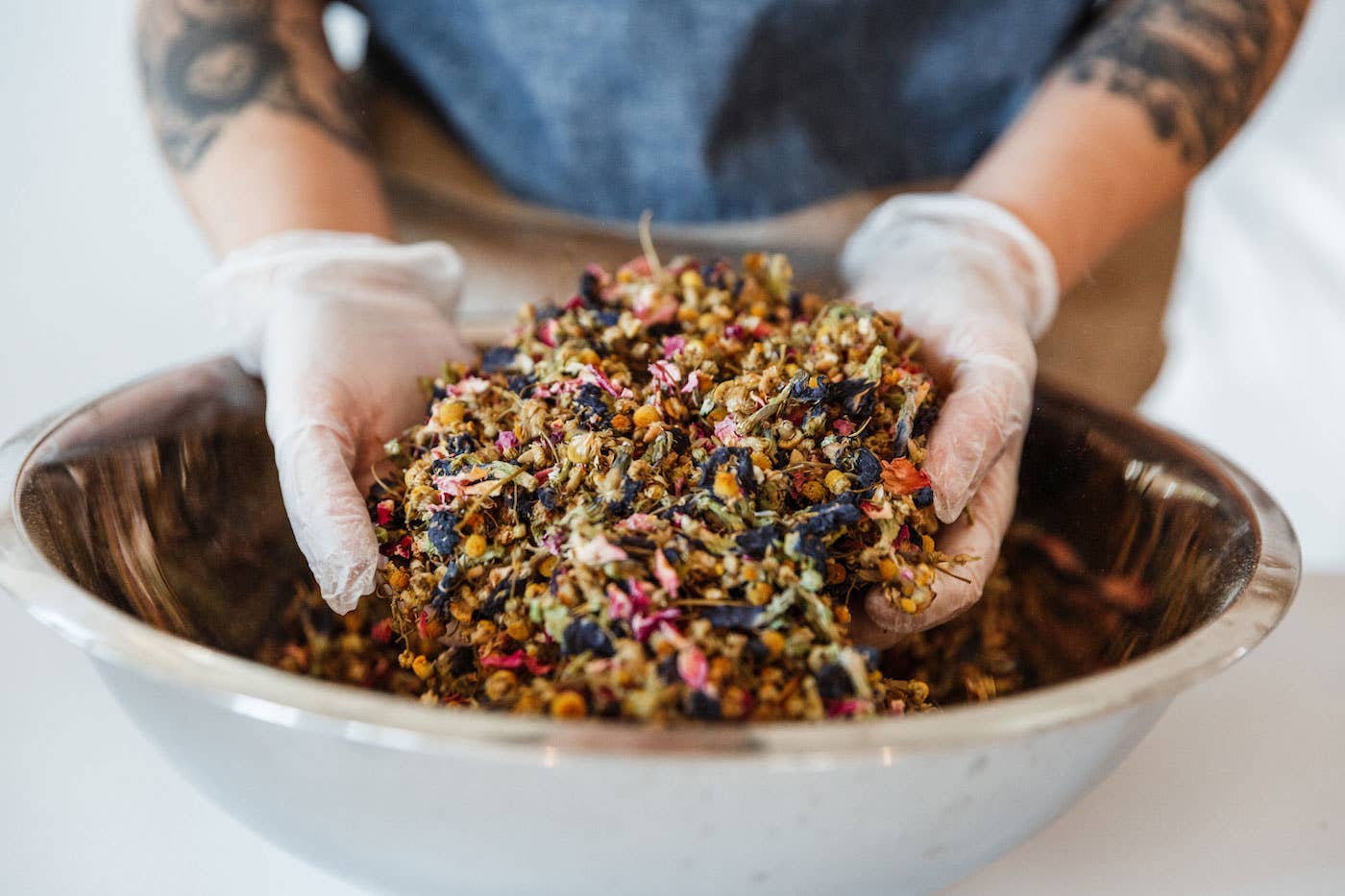
Throughout the years, Truong had been toying with the idea of starting her own entrepreneurial venture. She was passionate about tea, but the idea of pursuing a business around importing it didn’t become concrete until 2017, when Truong won a trip to Japan—an experience she wound up turning into a sourcing trip. “To this day, we carry tea from the farmers I met there,” says Truong. Gobaleza credits that event for encouraging the two to take a leap of faith: “I don’t know how long it would have taken us if we didn’t see some sign that, like, this was meant to be.”
The world’s introduction to PARU Tea came in the form of a pop-up. “I was selling iced teas because I thought people just wanted a nice little beverage to go,” Truong recalls. “But then people started asking, ‘Oh, what's this tea blend? How do you make it at home?’” Encouraged, they launched a digital storefront and began hosting more events around San Diego. After two years, they decided to open up a brick-and-mortar shop—even though “everyone advised against it,” says Truong. But they had built up enough of a following that, when the storefront finally debuted, a long line of customers wound out the door.
Inside, Truong’s aesthetic sensibilities are on full display. Clean and minimalist, with lots of natural wood and soft lighting, the shops are thoughtfully designed to make the colorful tea varieties lining the white walls stand out. Truong and Gobaleza also have plans to unveil a photo exhibition featuring images captured by their farmer partners, so customers can get better acquainted with the artisans behind the leaves.
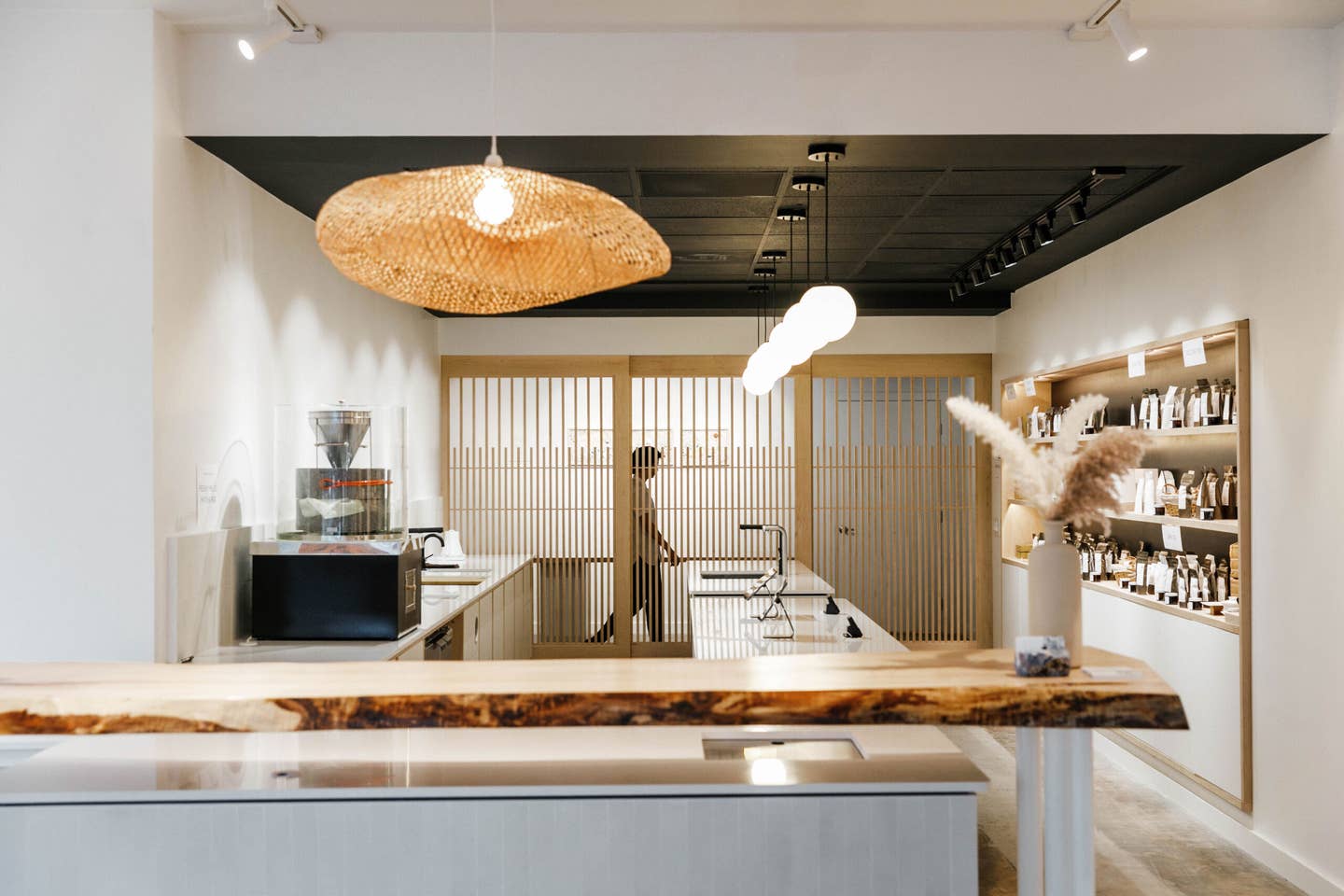
San Diego is already home to a strong specialty beverage scene teeming with small breweries and coffee roasters. Yet, there isn't anyone focusing on the diversity of tea culture, much less spotlighting the artisans and cultivars behind the craft. Though Gobaleza had grown up wanting to leave San Diego, it was living in the similarly coastal environment of Yokohama that made her reconsider her perspective on her hometown (which just so happens to be Yokohama’s sister city). “[San Diego is] this international city where a lot of amazing things have been imported and exported,” she says.
Now, the two are carrying on the port city’s tradition as a gateway for international culture by working directly with small tea producers across Asia—and making it a priority to develop and nurture strong relationships with these farmers. Rather than ordering one single variety from many different sources, the pair aims to source multiple teas from a handful of long-term partners, in hopes of making a more meaningful impact on the farmers’ lives. “Something we thought about was, is that really going to help them support their family and their workers—just the one tea?” says Gobaleza. By keeping their partnership network small as PARU Tea grows, “we’re also ordering more from our tea partners, so they grow each year, too,” explains Truong.
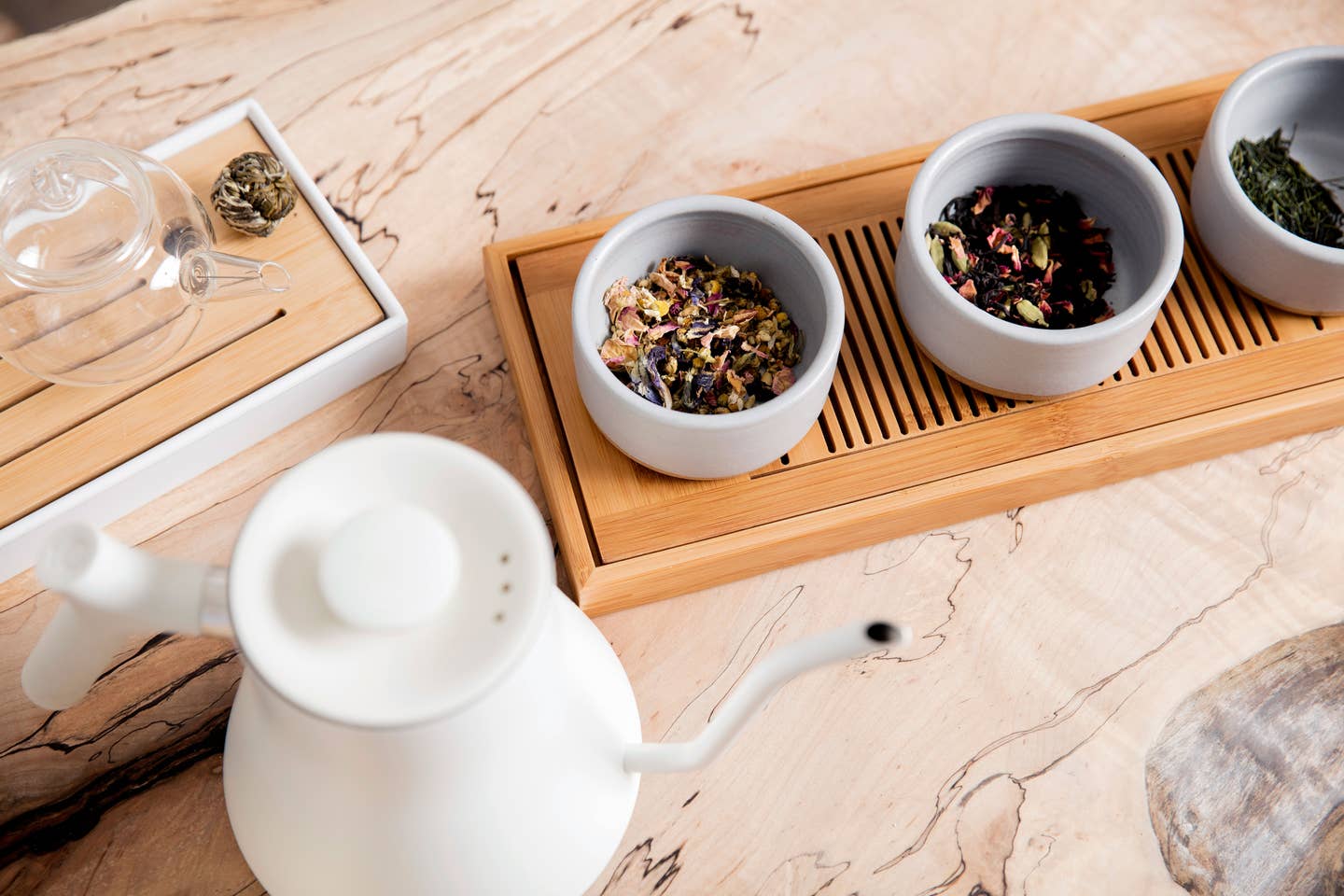
In addition to stocking popular varieties such as Longjing (also called Dragon Well), hojicha, and chrysanthemum, the duo emphasizes lesser-known tea-producing countries. PARU’s inventory includes—to name a couple—tea cigars from Phongsaly, Laos, the leaves of which are hand-picked by Phou Noy minority women, as well as a raw pu’er-style tea called Witch’s Broom from Tây Côn Lĩnh in Vietnam’s Hà Giang Province. Gobaleza and Truong also source from regions in China and Japan that aren’t as recognized as their more famous neighbors. “[Tea from] Kyoto is huge, and we do source from Kyoto,” says Gobaleza, “but Nara is right next door, and nobody really talks about Nara.” Now, Taro Toki, a tea cultivator in the city who has become a long-term partner of PARU, is helping develop the shop’s very own 10-acre tea estate, where varieties are cultivated specifically for the business. That includes “many things I have never done before, such as growing mint,” notes Toki. “Through [their] offers, I am exploring new areas, always.”
To promote sustainable tea-growing practices, not only do Truong and Gobaleza seek out leaves that are cultivated without pesticides, they also try to support farmers’ efforts to minimize waste. Another partner of the shop in Wawee Village, in the Thailand city of Chiang Rai, produces a tea blend from the year’s leftover harvests, which PARU sells as Thai Earl Grey.
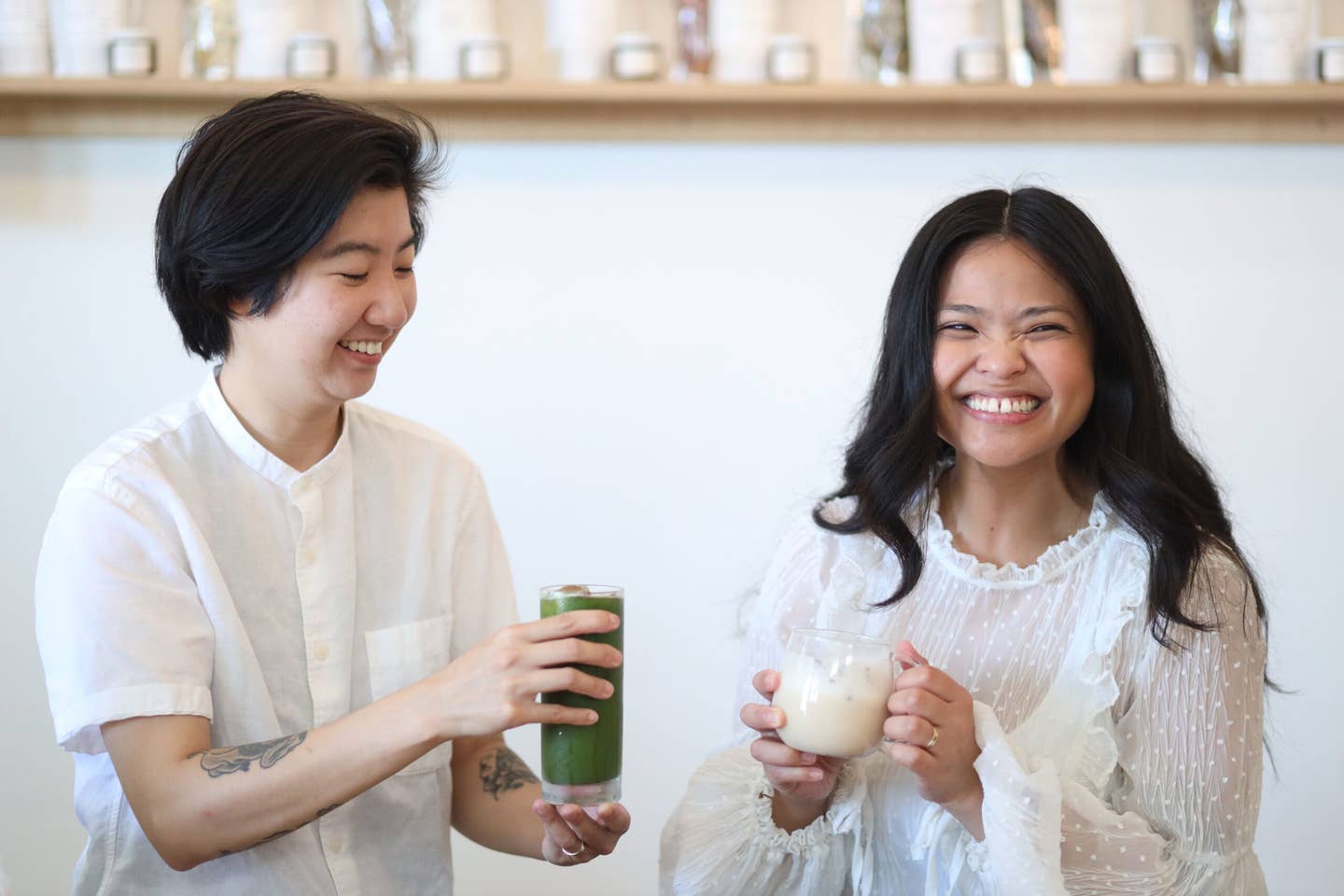
Truong herself produces blends for the shop, including Ingat (which means “take care” in Tagalog), which was inspired by the Filipino herbal tea salabat. Ginger is “such an important ingredient in so much Filipino food,” says Gobaleza, and the root’s refreshing pepperiness takes center stage in the blend. Another creation Truong loves is Pandan Waffle, the aroma of which reminds her of the bright green pandan coconut cakes her mother would buy when Truong was a child. “I went down a nostalgic path of recreating memories of my favorite desserts growing up,” she says, adding that the flavor combination of pandan and coconut is beloved in the Philippines as well and was similarly nostalgic for Gobaleza. Though many tea purveyors shun blends, Gobaleza and Truong hope to inspire customers to look at blends differently, as they can be a way to highlight flavors from different parts of the world in a single cup.
Likewise, the couple themselves make a dynamic pairing. PARU wholesale partner, Julie Nguyen, describes the two as “yin and yang”—opposite personalities who bring out the best in each other. “A few months out of our lives,” says Truong of that fateful study-abroad program in Yokohama, “really changed the course of everything.”
Keep Reading
Continue to Next Story









